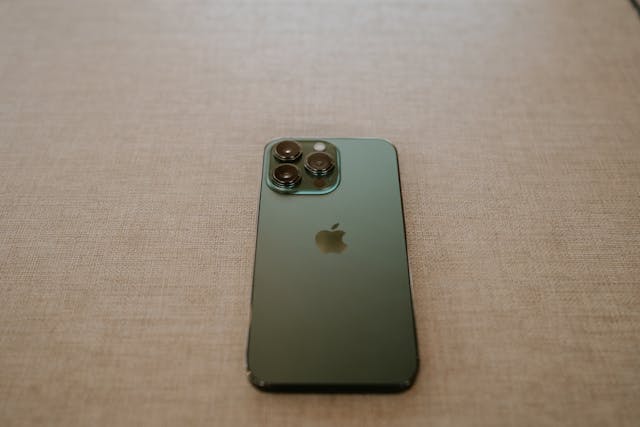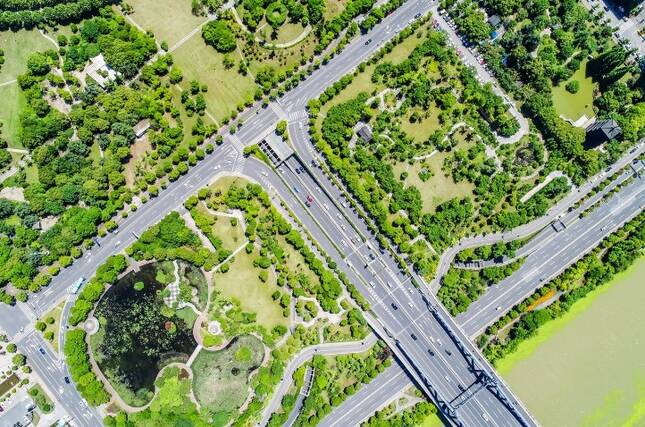How to Turn Off Sleep Mode on iPhone?
Sleep mode on the iPhone is intended to be a power-saving feature to improve the battery usage of the iPhone when it is idle. However, there may be cases when a user wants to disable the sleep mode for convenience because the phone has to remain on for a while for some reasons, for instance, present a presentation, watch a video or engage in a vital task.
This guide will explain how you can disable sleep mode on an iPhone, as well as include some extra guidelines that may help you optimize your iPhone.
Table of Contents
Understanding Sleep Mode on iPhone
Before disclosing how to disable sleep mode, it is crucial to define the term and the rationale behind it. Autolock or sleep mode of iPhone is set in a way that automatically locks the screen of iPhone in case of no touch activity. This is useful in saving power and also ensure that the back light of the display is not on for long periods. The iPhone’s touch screen display will fade and then the phone will lock after an inactivity of some time.
How to Turn Off Sleep Mode on iPhone?
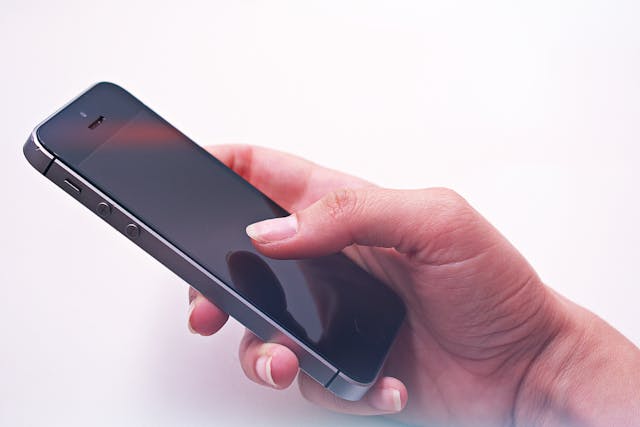
Turning off sleep mode on an iPhone involves adjusting the Auto-Lock settings. Here’s how to do it:
#1. Open Settings
The first step is to open the Settings app on your iPhone. The settings app can be found on your home screen and is represented by a gear icon.
#2. Navigate to Display & Brightness
Once you are in the Settings menu, scroll down and tap on Display & Brightness. This section allows you to control various settings related to your screen, including brightness, text size, and auto-lock behavior.
#3. Select Auto-Lock
In the Display & Brightness section, you will see an option called Auto-Lock. Tap on this to access the settings that control how long it takes for your iPhone’s screen to automatically turn off when not in use.
#4. Change Auto-Lock Settings
Once you tap Auto-Lock, you’ll be presented with several options for how long your iPhone will wait before automatically locking the screen. The options typically range from 30 seconds to 5 minutes, with a few options like Never available.
To turn off sleep mode entirely, select Never. This will prevent your iPhone from automatically locking the screen, meaning your screen will stay on indefinitely unless you manually lock it by pressing the side button.
#5. Exit Settings
Once you’ve selected Never, your iPhone will no longer enter sleep mode automatically. You can exit the Settings app, and the changes will take effect immediately.
Alternative Methods for Managing Sleep Mode
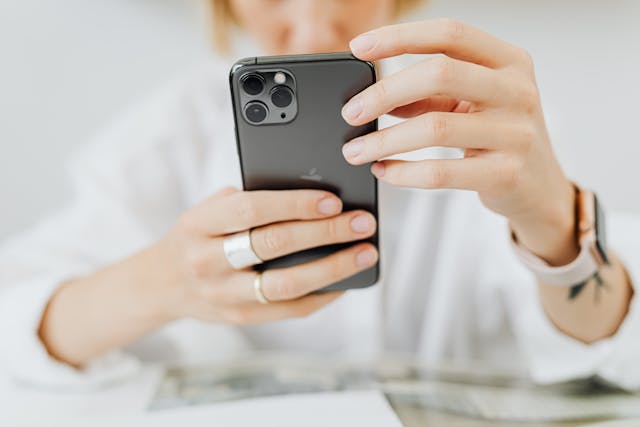
While turning off the auto-lock feature completely may be convenient in some situations, it can also be a battery drain if you forget to manually lock your iPhone when you’re not using it. Here are a few additional tips for managing sleep mode and ensuring your iPhone is always ready when you need it:
#1. Use Guided Access for Temporary Disabling
If you only need your phone’s screen to remain on temporarily for a specific task, such as a presentation or a demo, consider using Guided Access. This feature allows you to lock your iPhone into a single app and keep the screen on without entering sleep mode.
To enable Guided Access:
- Go to Settings > Accessibility > Guided Access.
- Toggle on Guided Access and set a passcode.
- Open the app you want to use, and then triple-click the side or home button to activate Guided Access.
- Once Guided Access is enabled, your phone will stay in the app without going into sleep mode until you manually exit.
This method allows you to keep your phone active for specific tasks without turning off auto-lock permanently.
#2. Turn Off “Raise to Wake”
iPhones come with a feature called Raise to Wake, which turns the screen on when you lift the phone. While this feature can be handy, it may also cause your phone to wake up unexpectedly, using more battery.
To disable Raise to Wake:
- Go to Settings > Display & Brightness.
- Toggle off the Raise to Wake option.
By disabling this feature, your phone’s screen won’t light up unless you press the home or side button.
#3. Consider Battery Usage
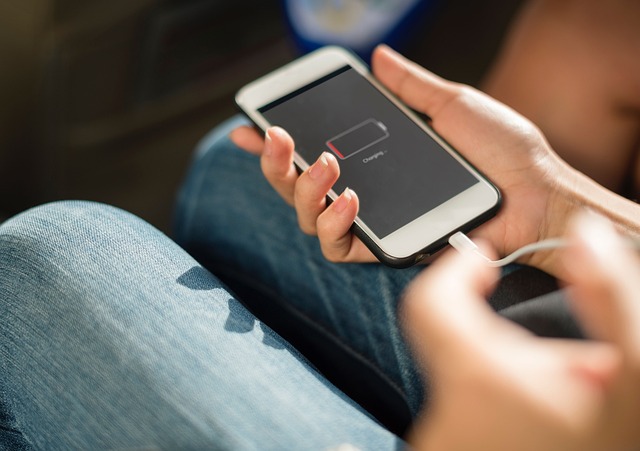
If you’re turning off sleep mode to extend screen time during certain activities, keep in mind that prolonged screen usage can lead to faster battery drain. If you need your screen on for extended periods, it might be a good idea to keep an eye on your battery usage by navigating to Settings > Battery.
Here, you can see which apps are consuming the most power and take steps to reduce unnecessary battery drain, such as adjusting screen brightness or limiting app usage in the background.
Conclusion
Turning off sleep mode on your iPhone can be a useful feature when you need your screen to stay active for extended periods. By adjusting your Auto-Lock settings or using Guided Access, you can ensure your iPhone remains ready whenever you need it. However, remember that keeping your phone’s screen on for too long can lead to faster battery depletion and security risks, so use these settings wisely.
Whether you’re giving a presentation, watching a video, or simply need your phone’s screen to stay active, following the steps outlined in this guide will ensure you get the most out of your iPhone’s functionality while maintaining optimal performance.
For more interesting posts visit my blog.

